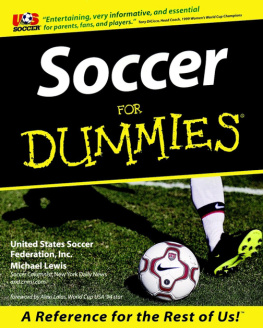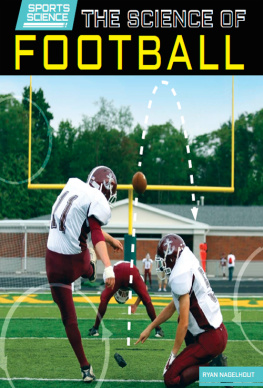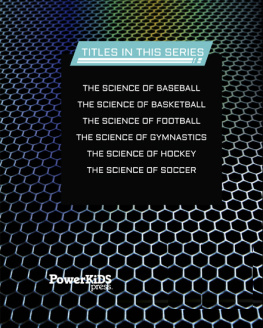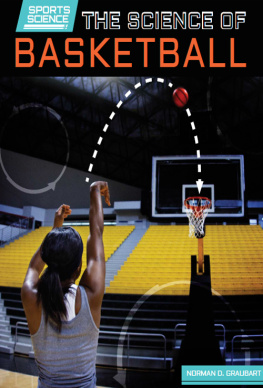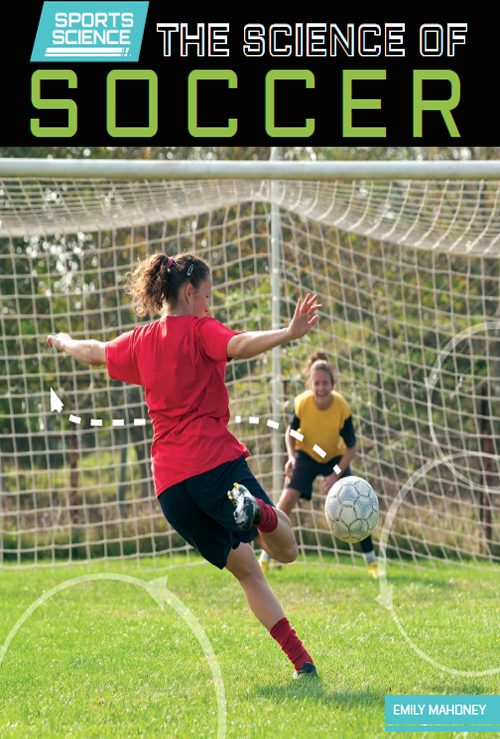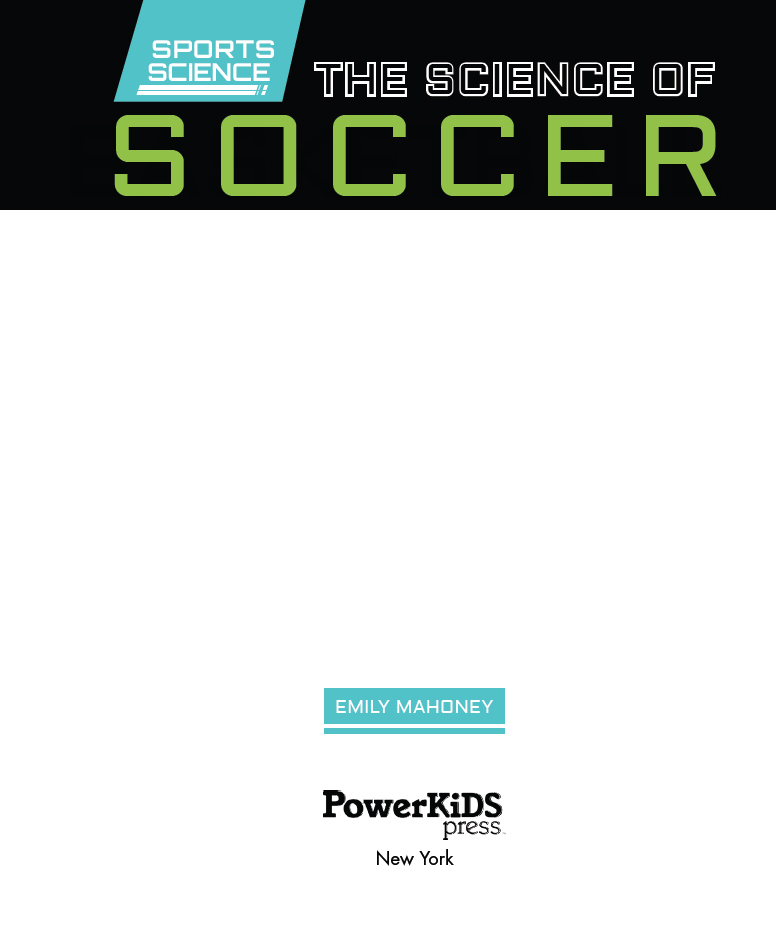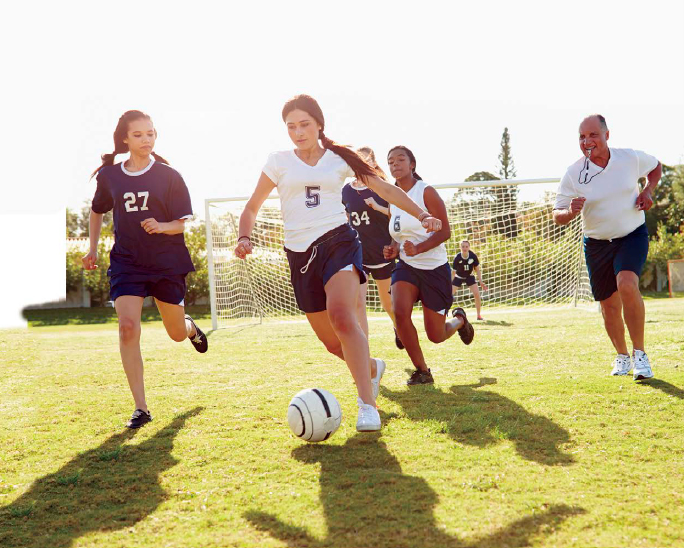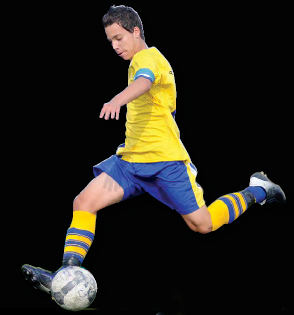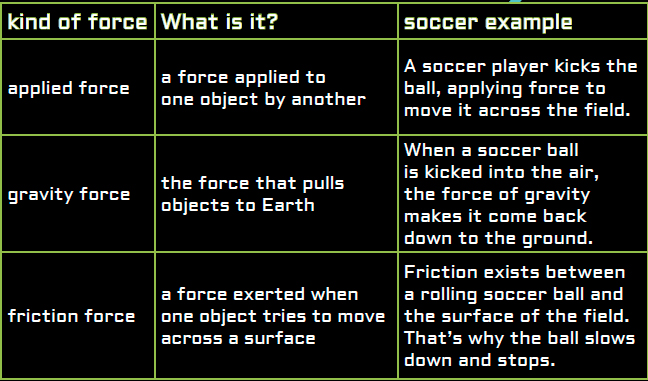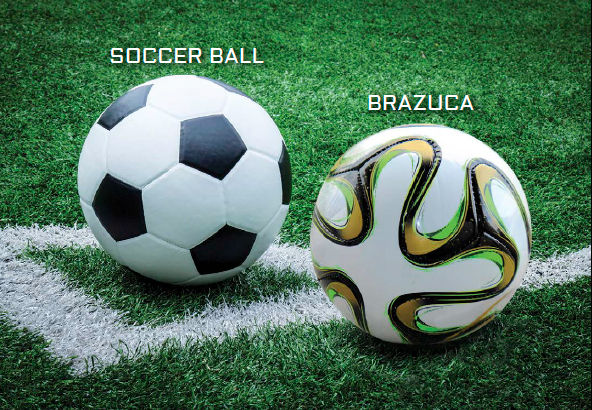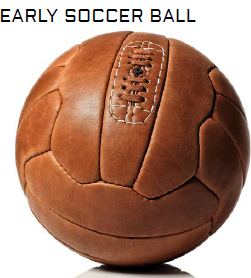Published in 2016 by The Rosen Publishing Group, Inc.
29 East 21st Street, New York, NY 10010
Copyright 2016 by The Rosen Publishing Group, Inc.
All rights reserved. No part of this book may be reproduced in any form without permission in writing from the publisher, except by a reviewer.
First Edition
Editor: Katie Kawa
Book Design: Katelyn Heinle
Photo Credits: Cover, p. 13 Fotokostic/Shutterstock.com; back cover kubais/Shutterstock.com; p. 5 iStockphoto.com/monkeybusinessimages; p. 7 muzsy/Shutterstock.com; p. 9 (soccer ball) Oris Arisara/ Shutterstock.com; p. 9 (Brazuca) stepmorem/Shutterstock.com; p. 10 gualtiero boffi/Shutterstock.com; p. 11 tazik13/Shutterstock.com; pp. 14, 17 (vector soccer players) My Life Graphic/Shutterstock.com; p. 15 Hector Vivas/STR/LatinContent WO/Getty Images; p. 17 (David Beckham) ROBYN BECK/ AFP/Getty Images; p. 19 iStockphoto.com/isitsharp; p. 21 (goalie) Copa Euroamericana/CON/ LatinContent Editorial/Getty Images; p. 21 (football player) Tacoma News Tribune/Tribune News Service/ Getty Images; p. 21 (soccer player) AFP/Getty Images; p. 21 (hockey player) Jamie Sabau/Getty Images Sport/Getty Images; p. 23 Jakkrit Orrasri/Shutterstock.com; pp. 24, 25 YASUYOSHI CHIBA/AFP/Getty Images; p. 26 http://upload.wikimedia.org/wikipedia/commons/1/16/Wembley_Stadium_interior.jpg; p. 27 John Lamb/Photographers Choice/Getty Images; p. 29 Vladimir Melnik/Shutterstock.com; p. 30 iStockphoto.com/strickke.
Library of Congress Cataloging-in-Publication Data
Mahoney, Emily Jankowski, author.
The science of soccer / Emily Mahoney.
pages cm. (Sports science)
Includes bibliographical references and index.
ISBN 978-1-4994-1071-6 (pbk.)
ISBN 978-1-4994-1108-9 (6 pack)
ISBN 978-1-4994-1148-5 (library binding)
1. SoccerEquipment and suppliesJuvenile literature. 2. SoccerMiscellaneaJuvenile literature. I. Title.
GV943.9.E65M34 2016
796.334dc23
2015006118
Manufactured in the United States of America
CPSIA Compliance Information: Batch #WS15PK: For Further Information contact Rosen Publishing, New York, New York at 1-800-237-9932
EXCITING SCIENCE!
Soccer is one of the most popular sports in the world, and its popularity is growing quickly in the United States. Soccers popularity is growing because its such an exciting game. From the speed of a corner kick to bending it like Beckham to score a goal, the sport of soccer is certainly action-packed!
How do players know how to kick the ball to hit the back of the net? How does the equipment, or gear, the players wear affect their game? We can answer these questions and more using science. Athletes who play soccer must be very fit and healthy. Understanding the science behind training for and playing in a soccer game helps them be their best on the field.
Soccer is the word used in the United States to describe this sport, but its called football in other countries.
A SPECIAL KIND OF SCIENCE
SOCCER IS A VERY ENERGETIC SPORT. TO STUDY THE SCIENCE OF SOCCER, YOU NEED TO STUDY THE SCIENCE OF ENERGY AND HOW IT INTERACTS WITH MATTER. THIS BRANCH OF SCIENCE IS CALLED PHYSICS. SCIENTISTS WHO STUDY PHYSICS ARE CALLED PHYSICISTS. THEY WORK HARD TO USE SCIENCE TO HELP MAKE SOCCER SAFER AND MORE EXCITING.
PHYSICS IN ACTION
Physicists study forces and motion, and examples of both can be seen throughout a soccer game. A force is a push or pull exerted on an object. Motion can be seen as soccer players run all over the field. However, not all motion in a soccer game is the same, so it needs to be measured differently.
Speed measures the rate at which something moves. The direction an object moves doesnt matter when measuring speed. For example, a soccer player can show speed when they run even if they end up back where they started on the field.
Velocity measures the rate at which something changes its position, so the direction of movement matters. To show velocity, an object needs to move away from where it started. A soccer player can show this by running down the field to score a goal.
This chart shows some of the forces that can be seen in action during a soccer game.
ACCELERATE!
ACCELERATION IS ANOTHER WAY MOTION IS MEASURED. ITS THE MEASUREMENT OF HOW MUCH AN OBJECTS VELOCITY CHANGES OVER TIME. WHEN VELOCITY INCREASES, THE OBJECT IS SAID TO BE ACCELERATING. A SOCCER PLAYER ACCELERATES WHEN THEY INCREASE THEIR VELOCITY TO MOVE FASTER THAN THE DEFENDERS AROUND THEM IN ORDER TO REACH THE GOAL.
SOCCER BALL SHAPES
The specific shape of a soccer ball is a truncated icosahedron, which is a shape with 60 vertices, or points. Soccer balls commonly have 12 pentagonal (five-sided) faces and 20 hexagonal (six-sided) faces. Each face is stitched or glued on as its own patch, or panel. These faces are curved, so the ball has a shape close to a sphere.
Scientists have experimented with the number of panels that the ball is made from. Wind tunnel tests and robotic kickers have been used in these experiments. These tests often compare the aerodynamics of different kinds of soccer balls. Aerodynamics is a branch of science that studies the way air moves around objects and the way objects, such as soccer balls, move through the air.
Traditional soccer balls are commonly black and white. The pentagons are black, and the hexagons are white. Some newer soccer balls, such as the Brazuca, are many colors.
EXTRA POINT
Brazuca is a term commonly used to express national pride in Brazil, which was the country where the 2014 World Cup was held. The Brazuca soccer ball is made of six panels instead of 32.
LOOKING WITH LASERS
THE SOCCER BALL USED IN THE 2014 FIFA WORLD CUP WAS CALLED THE BRAZUCA, AND IT WAS TESTED IN A WIND TUNNEL THAT USED SMOKE AND LASERS TO STUDY ITS AERODYNAMICS. LASERS ARE DEVICES THAT PRODUCE NARROW BEAMS OF LIGHT. THE LASERS SHOWED CHANGES IN THE WAY THE SMOKE MOVED AROUND THE BALL.
ITS ALL ABOUT THE BALL
A soccer ball is more scientific than just the number of shapes on its surface. Air pressure also factors into the effectiveness of a soccer ball. Even though air molecules are invisible, they still have weight and take up space. The force of these air molecules pressing against an object or surface is air pressure.
Air pressure is created inside a container, or an object used to hold something, when air molecules get crammed together in one place. A soccer ball is a container because it holds air. A soccer ball has air molecules pumped into its center, which is a rubber bladder. The air pressure inside the ball increases as more air is pumped into the ball.





